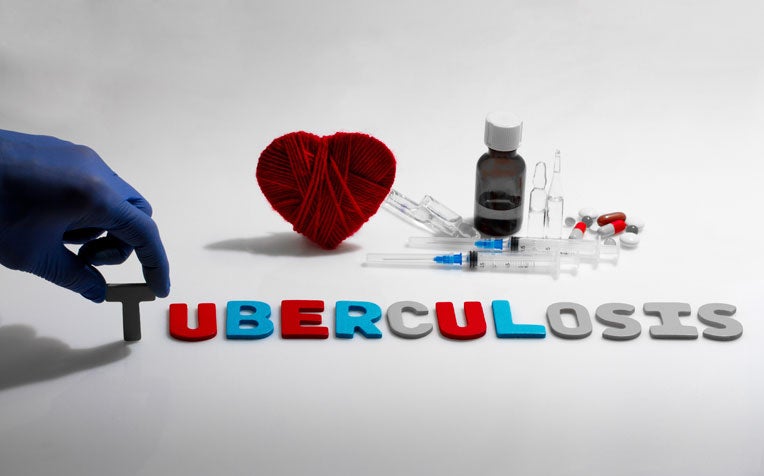
Tuberculosis (TB) does not mean a certain death, in fact, it can be treated.
How does tuberculosis (TB) develop?
People with latent tuberculosis (TB) infection don’t feel sick because they don’t have symptoms. They are also not infectious. But 10 per cent of people with latent TB will develop active TB at some point.
“When their immune systems are weakened for whatever reason, the TB wakes up and starts to be active and to multiply, potentially spreading to the rest of the body,” Dr Low Su Ying, Senior Consultant, Department of Respiratory and Critical Care Medicine, Singapore General Hospital (SGH), a member of the SingHealth group said.
Extra-pulmonary tuberculosis (TB): What is it?
TB can spread to other parts of the body. Known as extra-pulmonary TB, it occurs most frequently in the lymph nodes of the neck area, causing them to swell. It can also affect the skin, bones and muscles, the lining of the lungs or brains, and the kidneys. Extra-pulmonary TB is not infectious.
How is tuberculosis (TB) treated?
Tuberculosis (TB) infection is treated with a mixture of several antibiotics, usually for six months or longer. Patients are isolated, either at home or in hospital, for the first two weeks of treatment. Studies have shown that after taking medication for two weeks, more than 90 per cent of patients are no longer infectious and can return to their usual activities. “But as a precaution, family members (of patients quarantined at home) are tested for latent or active TB,” said Dr Low.
Surgery is necessary if a patient’s lung has been badly damaged by TB, or when medication is ineffective in a small group of patients, said Dr Low. “In Singapore, we are still able to treat most drug-resistant TB,” said Dr Low. Treatment for TB resistant to cornerstone medication is with a complicated cocktail of drugs taken over a prolonged period.
4 tuberculosis (TB) Myths and Facts
Tuberculosis infection leads to disease
Fact: Not everyone who is infected with TB develops TB disease. In most people, the immune system clears the bacteria and stops it from multiplying.
You can get tuberculosis from kissing
Fact: TB is an airborne disease transmitted through fine respiratory droplets from an infected person. TB is most likely to spread to those with close and prolonged contact with an infected person such as a family member, friend or colleague. It cannot be spread by sharing drinking containers, eating utensils, cigarettes, or saliva from kissing.
There is only one kind of tuberculosis
Fact: TB can affect any part of the body, including the lymph nodes, muscles and bones. But pulmonary TB or TB of the lungs is the most common in Singapore, accounting for 80 per cent of all cases.
You can only get tuberculosis once
Fact: People who have been cured can still be infected with TB again. The chance of a relapse is 2 per cent.
Ref: Q15
Contributed by

















 Get it on Google Play
Get it on Google Play